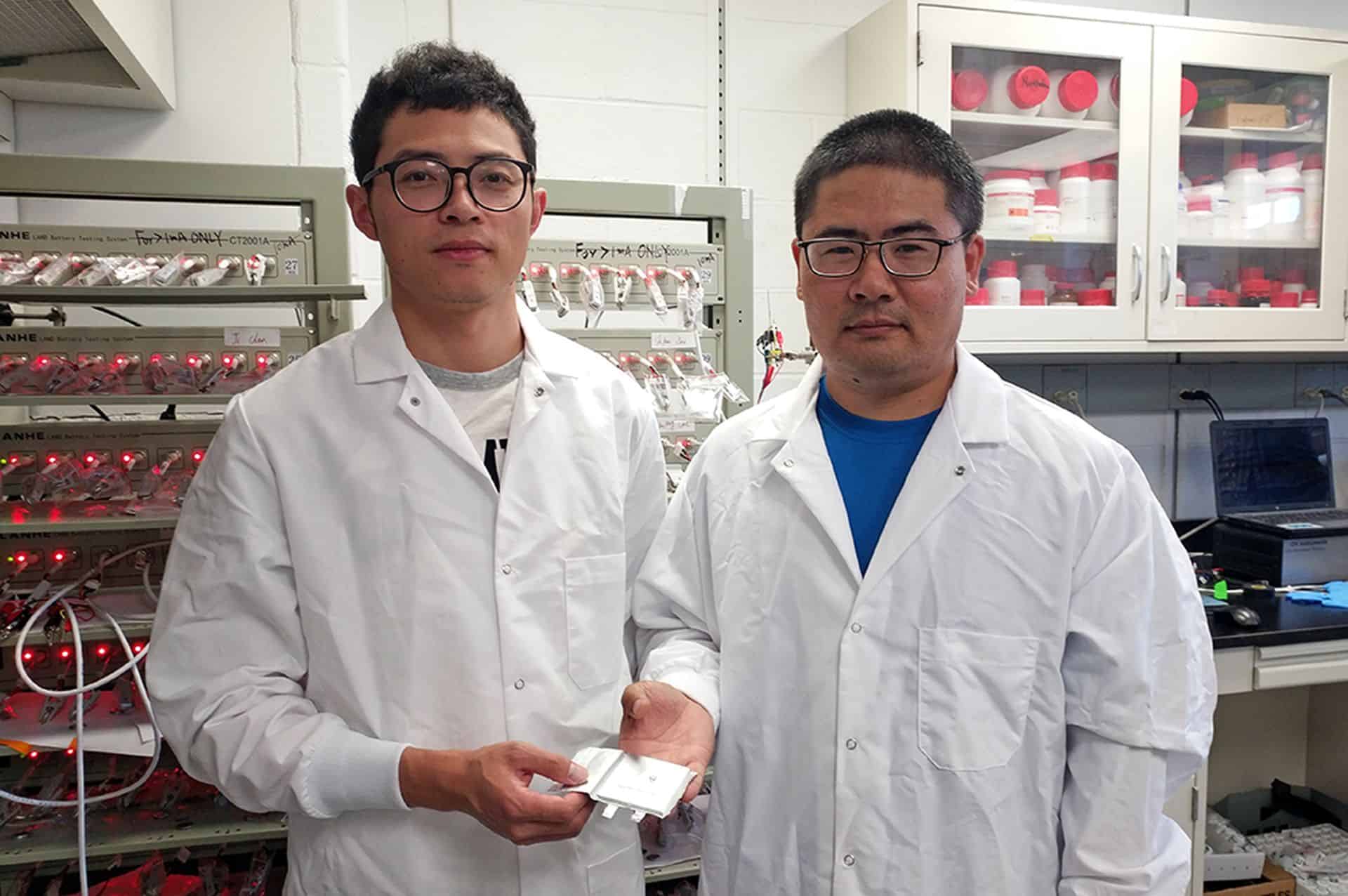
The new non-flammable fluorinated electrolyte opens the way for 500 Wh/kg energy density and very long-range electric cars.
The researchers at the University of Maryland (UMD), the US Army Research Laboratory (ARL), and Argonne National Laboratory (ANL) described in a Nature Nanotechnology article a non-flammable fluorinated electrolyte that can handle Li-metal anodes and the most aggressive and high-voltage cathodes.
The Li-metal anodes and high-voltage cathodes offer high energy density, but there was no way to solve low efficiency and short cycle-life. Now, according to test results, there is a chance to achieve 93% of capacity retention after 1,000 cycles (Li-metal anode and LiCoPO4 cathode) or 90% of capacity retention after 450 cycles (Li-metal anode and NMC811 cathode).
The level of 500 Wh/kg using high capacity anodes and high voltage cells (up to 5 V) is something that could become the final blow to range anxiety (nearly doubles the state-of-the-art commercial cells), but as always, there are so many battery breakthroughs reported that we don’t know if we should keep our fingers crossed on this one, or toss it in the ain’t-gonna-happen bin.
… Here, we report a non-flammable electrolyte that demonstrates excellent stability toward both a Li-metal anode and high-voltage/ high-capacity cathodes. It consists of 1M lithium hexafluorophosphate (LiPF6) in a mixture of fluoroethylene carbonate/3,3, 3-fluoroethylmethyl carbonate/1,1,2,2-tetrafluoroethyl-2′,2′, 2′-trifluoroethyl ether (FEC:FEMC:HFE, 2:6:2 by weight). Unlike the previously reported fluorinated electrolytes, which suffered from increasing impedance at the anode side, this all-fluorinated electrolyte enables a high Li plating/stripping Coulombic efficiency of 99.2% and suppresses dendrites without raising the interfacial impedance. It also supports the stable cycling of NMC811 (Coulombic efficiency of ~99.93%) and LCP (Coulombic efficiency of ~99.81%) cathodes by forming a highly fluorinated interphase with thickness of 5–10nm that is responsible for the effective inhibition of electrolyte oxidation and transition metal dissolution. Unprecedented cycling stabilities were obtained for both Li||NMC811 (90% retention at the 450th cycle) and Li||LCP cells (93% retention at the 1,000th cycle).”
